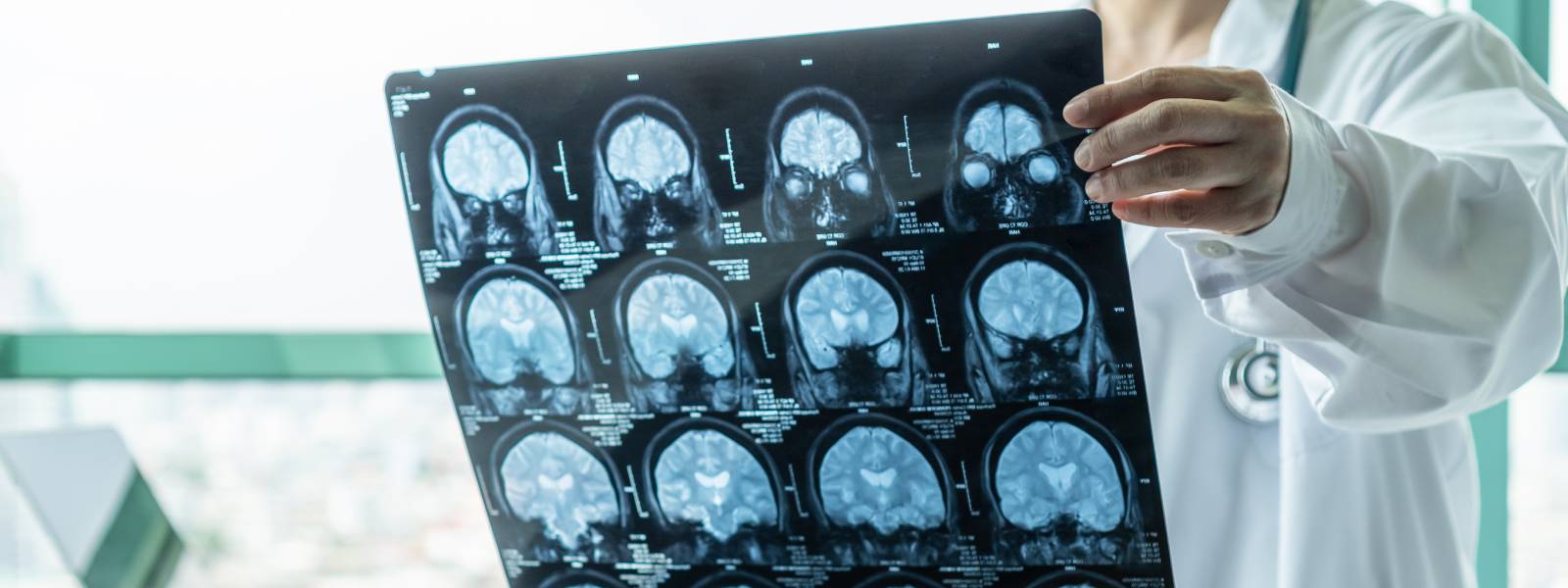How does concussion occur? with Dr George Pitsis
Dr George Pitsis is the Practice Principal from Sports Medicine Institute located on the Kingsway at Miranda.
Dr Pitsis is a highly respected doctor and specialist adult and paediatric sport and exercise medicine physician, and is the current Chief Medical Officer for the Cronulla Sharks NRL team.
Dr Pitsis takes a look at Concussion, what is it, how does it happen and the prognosis for those who suffer such an injury.
What is it?
Concussion is a complex pathophysiological process affecting the brain, induced by biomechanical forces, resulting in temporary brain dysfunction.
Concussion typically results in short-lived impairment of neurological function that resolves spontaneously. However clinical features are individual and may evolve over minutes, hours or even days after impact and may last many weeks or months.

How does it happen? (Mechanism of injury)
Concussion can occur in a number of ways. The most common is a direct blow to the head, either by another object impacting on the head (e.g. opponent tacking player), or the head impacting another object causing deceleration (e.g. player?s head hitting the ground hard, causing a contra coupe type injury).
Other mechanisms include ?impulse? force transmission to the head via a blow to the neck or elsewhere on the body, and rotational sheer forces from a glancing blow.
Symptoms?
Symptoms reflect a functional disturbance rather than a structural brain damage. This includes disruption of concentration, memory, balance and coordination, as well as symptoms such as headaches, dizziness, light headedness, drowsiness, nausea, head feels like it?s in a fog, feeling slowed down, emotional, irritability, poor sleep, blurred or double vision, and sensitivity to light and noise.
Examination
In Rugby League, and similarly in many other contact sports, the role of the Medical / Head Trainer (orange shirt) is to assess if a player may be concussed following injury to the head, neck, or body. If there is any loss of consciousness, seizures, confusion and disorientation (fails ?Maddock?s? questions ? who they are playing, which stadium they are at, who?s winning, who they played the game before and who won it), balance disturbance, or memory or other cognitive dysfunction then the player is removed from field of play.
At that point the Team Doctor has 15 minutes to make an assessment using the Sports Concussion Assessment Tool (SCAT 5) protocols. This includes assessment of symptoms, memory, concentration, cognitive function, balance, coordination, neurological examination, and neck examination.
If the Team Doctor deems the player concussed then the player is unable to return to play that day. If the player is deemed not to be concussed then they may return to play, counting as a free interchange if done within 15 minutes.
Investigations
Generally speaking a true concussive injury does not require any further investigations. If there are any clinical features that indicate the injury may be related to underlying structural neurological injury then the player is taken immediately to hospital for further evaluation by CT or MRI scan.
Treatment
Early diagnosis is key to effective treatment. There is evidence demonstrating concussed players that continue to play are at risk of further significant injury both physically due to altered reaction time, coordination, balance and concentration, as well as further neurological deficit which may result in the fatal ?second impact syndrome? as a result of loss of the ability of the body to properly regulate blood flow to the brain (auto-regulation).
Following a concussion event, once symptoms have completely settled, appropriate neuropsychological testing is performed. A couple of the current accepted tools are the ?Sideline Concussion Assessment Tool 5 (SCAT5)? and ??Cognigram? which tests the players? cognitive state and ability to process information, memory, concentration, and reaction time.
When can I play again? (return to activity)
Once symptoms are clear and the player passes Cognigram the player is commented on a graded return to activity program. To begin with non-contact light aerobic activity is commenced which is graded up to be more intense, followed by introduction of light to heavier contact. If the player remains symptom free he may participate in normal training with the view to play. The minimum time to return to play is usually 11 days to 2 weeks, depending on age.
What about the long term? (prognosis)
The majority (80-90%) of concussions resolve within 7-10 days, although recovery may be longer for the younger child or adolescent athlete. A minority of patients have persisting symptoms and it is important to exclude structural injuries.
Prevention
Mouthguards and helmets ? there is no good clinical evidence to show they help prevent concussion. They can help reduce dental and facial injury, as well as head lacerations. On occasion use of protective gear may result in risk compensation and more dangerous play.
Rule change ? as 50% of concussions occur with direct impact to the head, rules which minimise blows to the head will assist with reducing the rate of occurrence of concussion. Players should play in fairness and with respect to competitive aggression rather than violence.
Education ? of players and staff for effective prevention and management.
Dr Pitsis and the team at Sports Medicine Institute are available to look after the injuries and medical needs of people of all ages and backgrounds, from amateur and professional athletes, to the man, woman or child in need of his expert advice.
Contact the clinic, located on the Kingsway at Miranda, on 9525 3444 for more information or to make an appointment.





